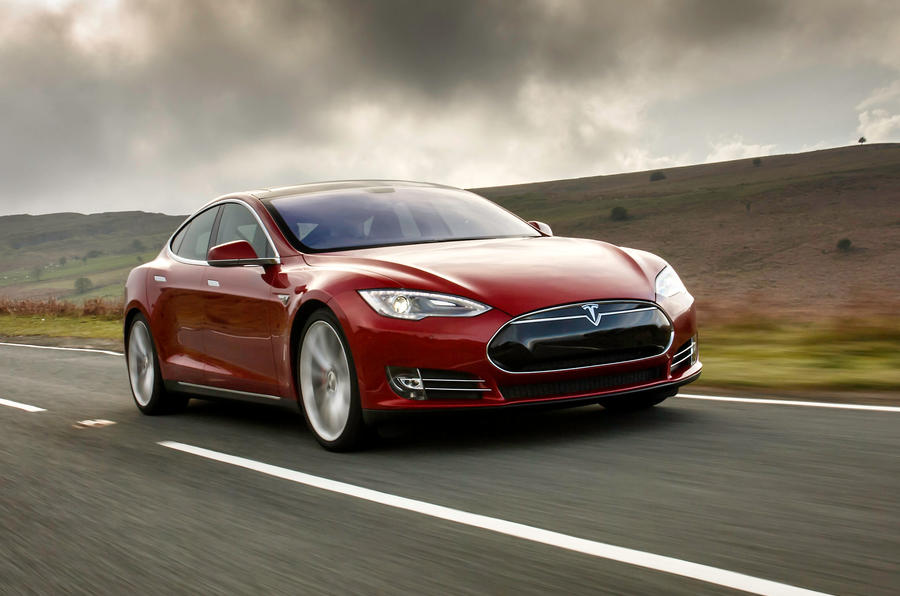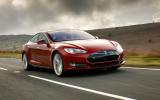What is it?
The latest software update for the Tesla Model S features the company’s Autopilot technology. While it’s some way from being the autonomous car promised by the futurists, it takes great strides towards making driving in heavy traffic much less of a chore.
A £2100 option, the system introduces ‘traffic aware cruise control’ (Tesla’s version of the familiar radar cruise), automatic parallel parking, side collision avoidance and automatic lane changing.
Model S cars that were built in the past 12 months or so are already fitted with the sensors needed for the autopilot feature. These include ultrasonic sensors (which give the car’s brain a 360-degree view of its immediate surroundings) and forward-facing radar sensors. The car also has a forward-facing camera.
Autopilot uses these sensors in combination with GPS-driven satellite navigation and ‘high precision digital maps’ to give the car a pretty comprehensive idea of where it is, where other cars are, where the road is heading and how close it might be to the central reservation on the motorway.
The 7.0 update also features redesigned screen graphics in the main instrument binnacle, giving the option of a display that’s dominated by a rendering of the car sitting in a single lane. When the car’s forward-facing camera detects white lines (constant or broken) the graphic shows these as defined edges on the virtual road. This is a good indication that the Model S’s autopilot system is confident enough to engage.


































Join the debate
Add your comment
Mostly old tech
Certainly the auto-lane keeping and radar cruise control was on my LS back in 2007, as well as the parallel parking. Other manufacturers have since caught up.
Kudos to Tesla for adding it too though.
Another gimmick
Trouble is, the car itself doesn't.
Then what is the point of this, as that is where most Teslas are used.
In these conditions, drivers need to concentrate *more* not less. A system which inhibits this and lulls them into a false sense of security is a bad idea. And if they're tired then they should not be driving at all.
Norma Smellons wrote: Autocar
Sure, but the drivers will be more relaxed at the time of high concentration having done the previous miles with reduced load. Out of interest, where do you see the future of motoring in 2040?
Phil R wrote: Out of interest
The internal combustion engine with a small but larger market share of electric cars. Where do you see it?
The World In 2040
Winston Churchill wrote: Phil
I think I'll still be trying to understand your statement. Anyhow if plugin sales carry on growing at the current rate then ev cats will be king with over 50% of the market. Hydrogen power will be still a pipe dream by some idots though
xxxx wrote: Winston Churchill
What idiots (not idots as you have rather amusingly and quite ironically spelled it!!) like Honda and Toyota currently and not to mention future plans by the leading German manufacturers like BMW and Mercedes. And your credentials in the industry are?? What have you contributed to the world of cars to pronounce so many major manufacturers as idiots?? Exactly what part of the EV market do you work for because you certainly aren't doing them any favours are you!?
Winston Churchill wrote: Phil
2040 is a very long way away, so it is hard to know, and it will all depends on oil prices, environmental pressures but mainly battery prices. 50% market share for EV's, and the rest some form of Hybrid. Possibly shale gas/LPG, but LPG has been a good solution for 20-30 years and hasn't seemed to take off massively globally. Hydrogen maybe, but I'm not seeing it at the moment.
My crystal ball is a bit cloudy today, but in 2040...
Amazing